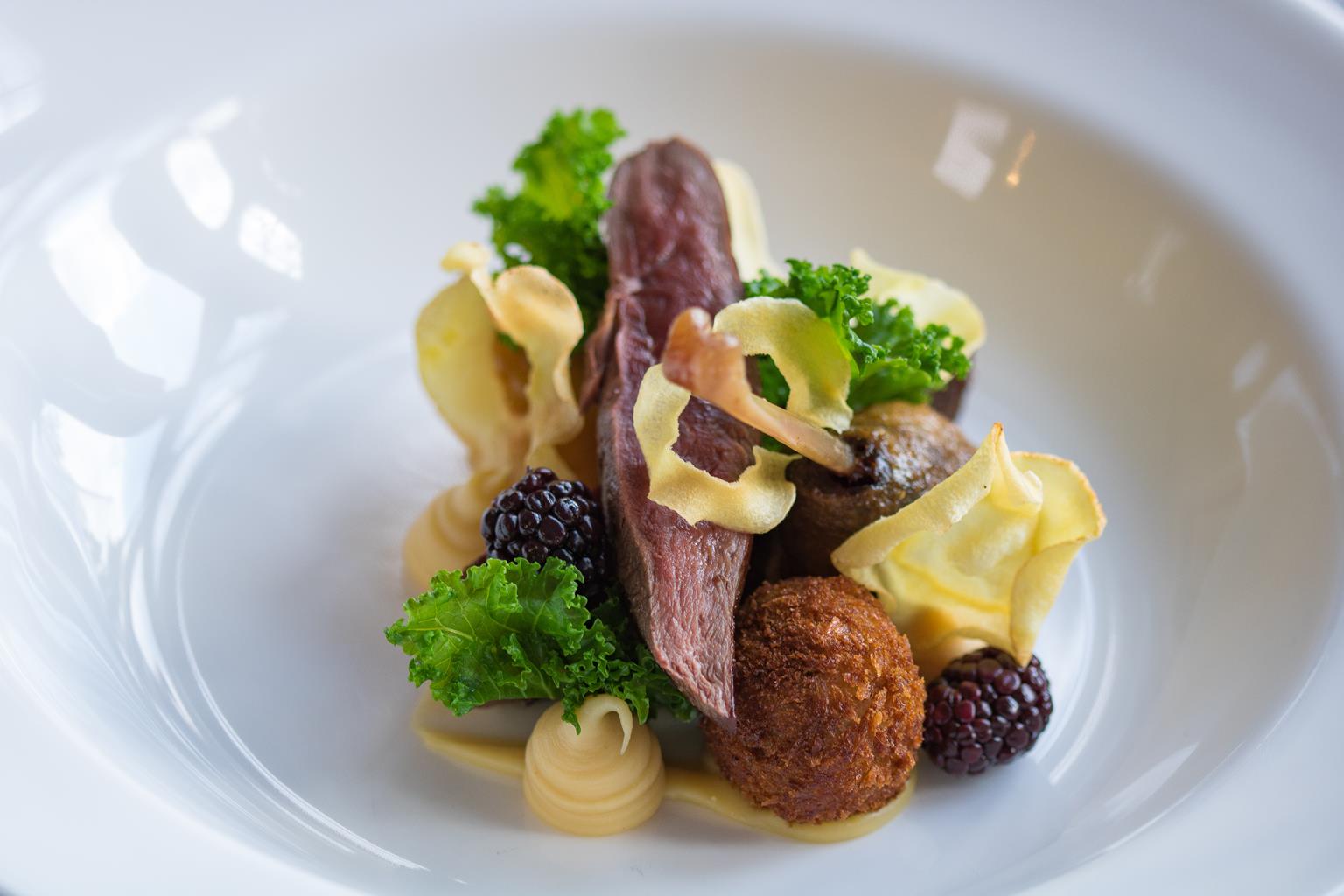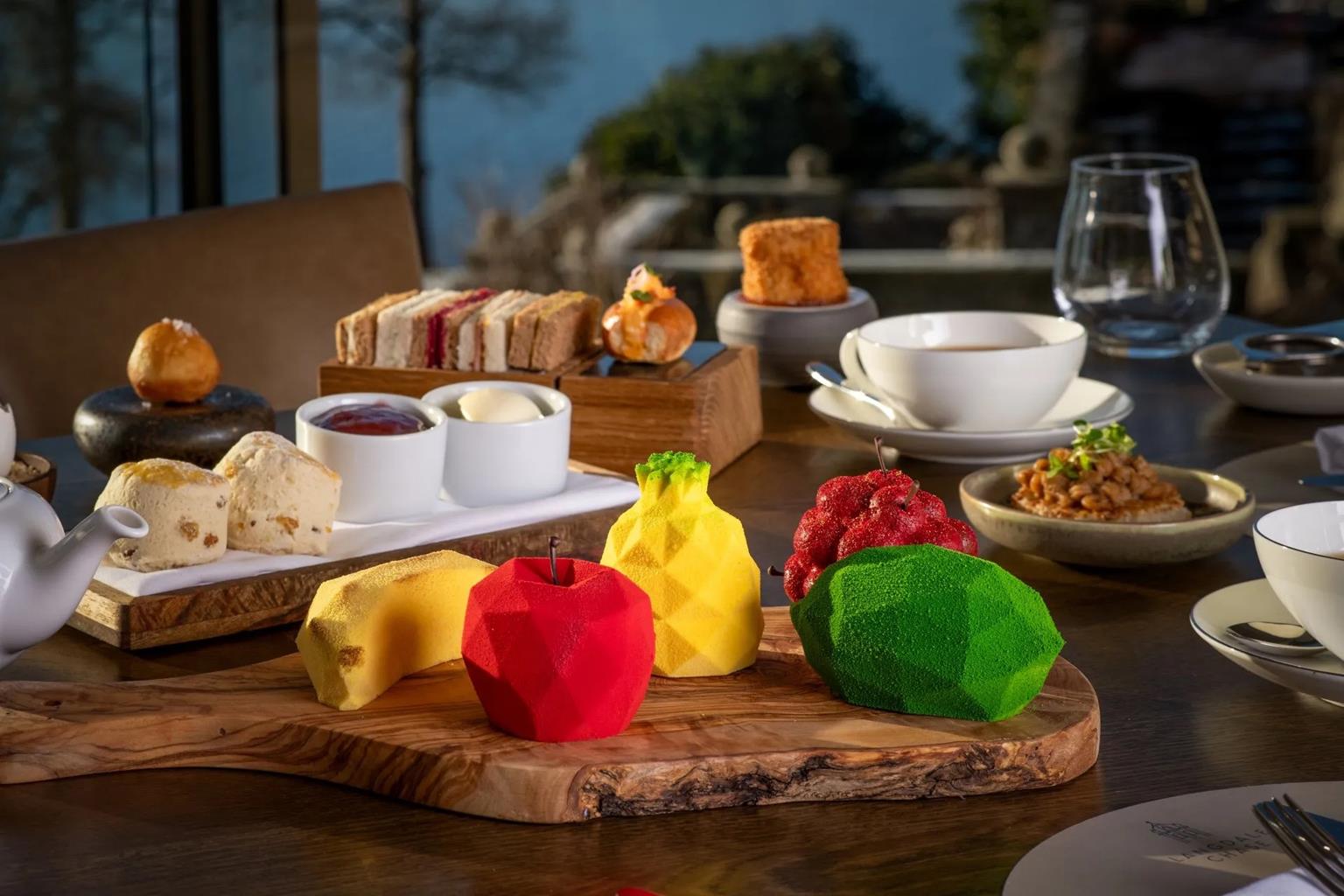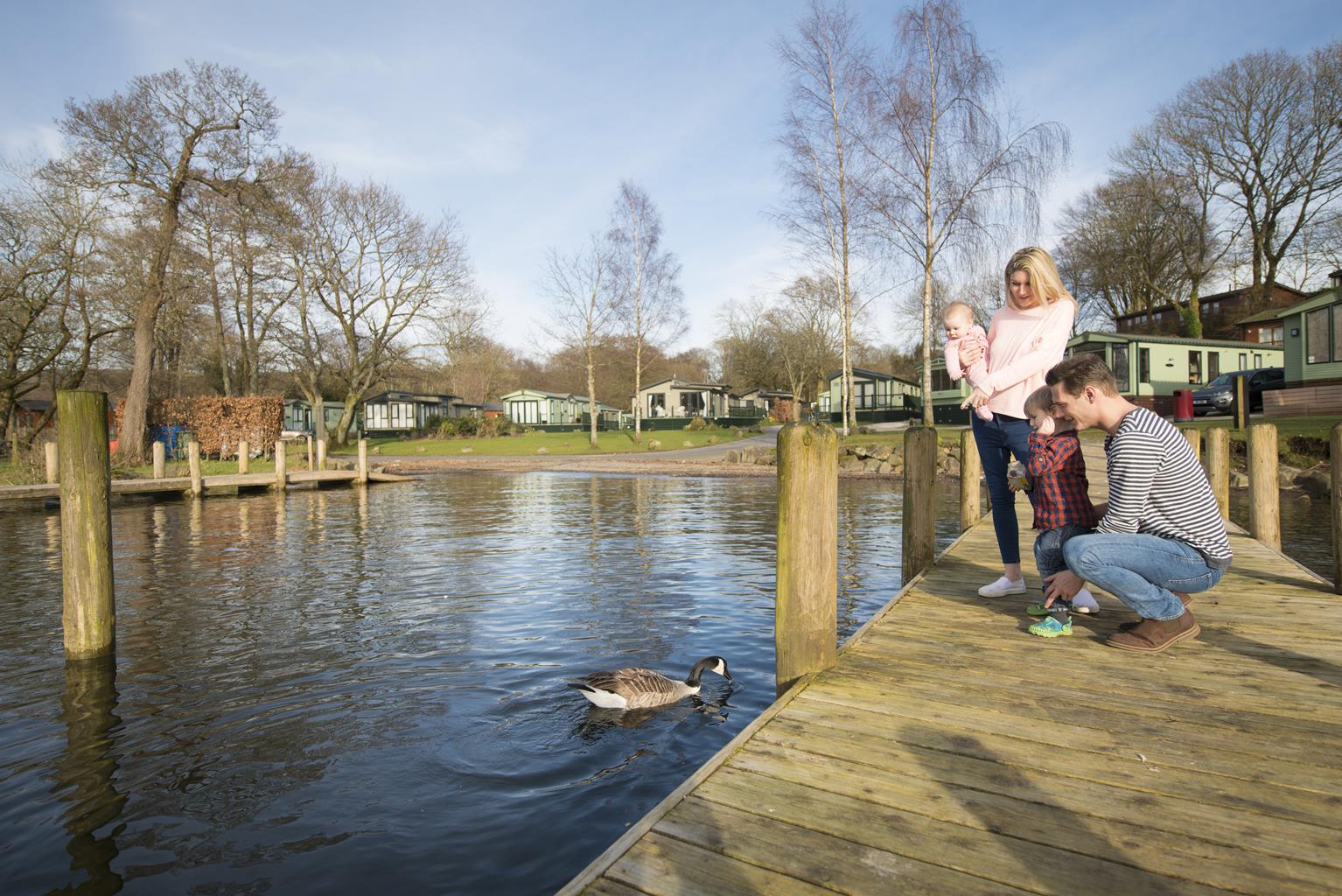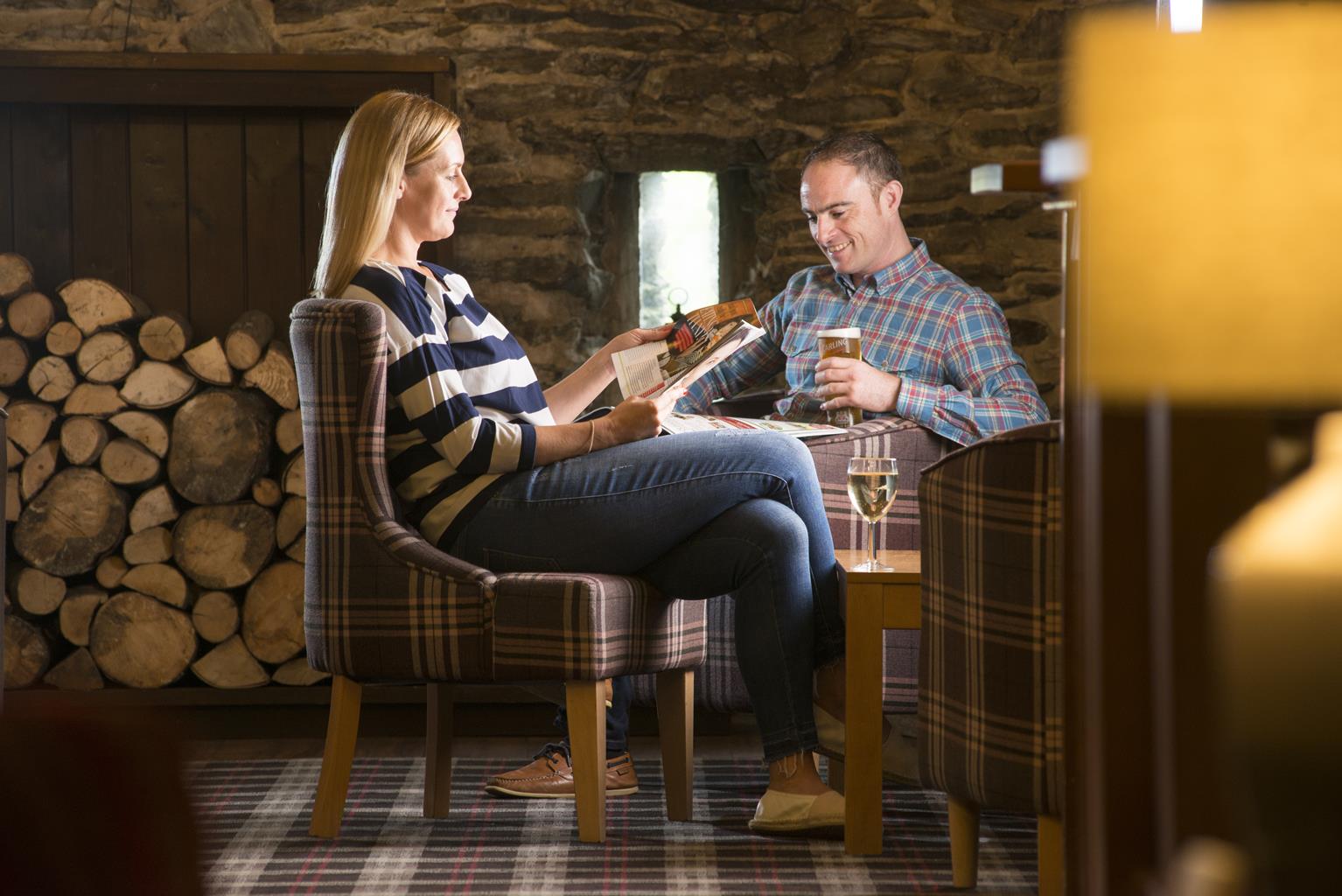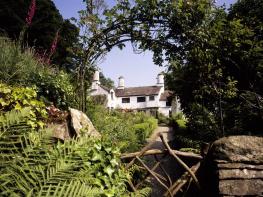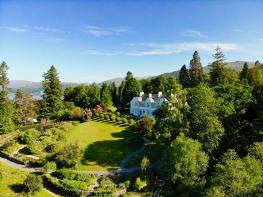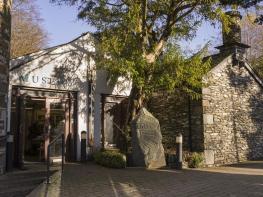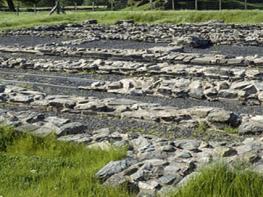Matson Ground Holiday Cottages is located less than two miles from Windermere in the Lake…
Exploring Upper Kentmere
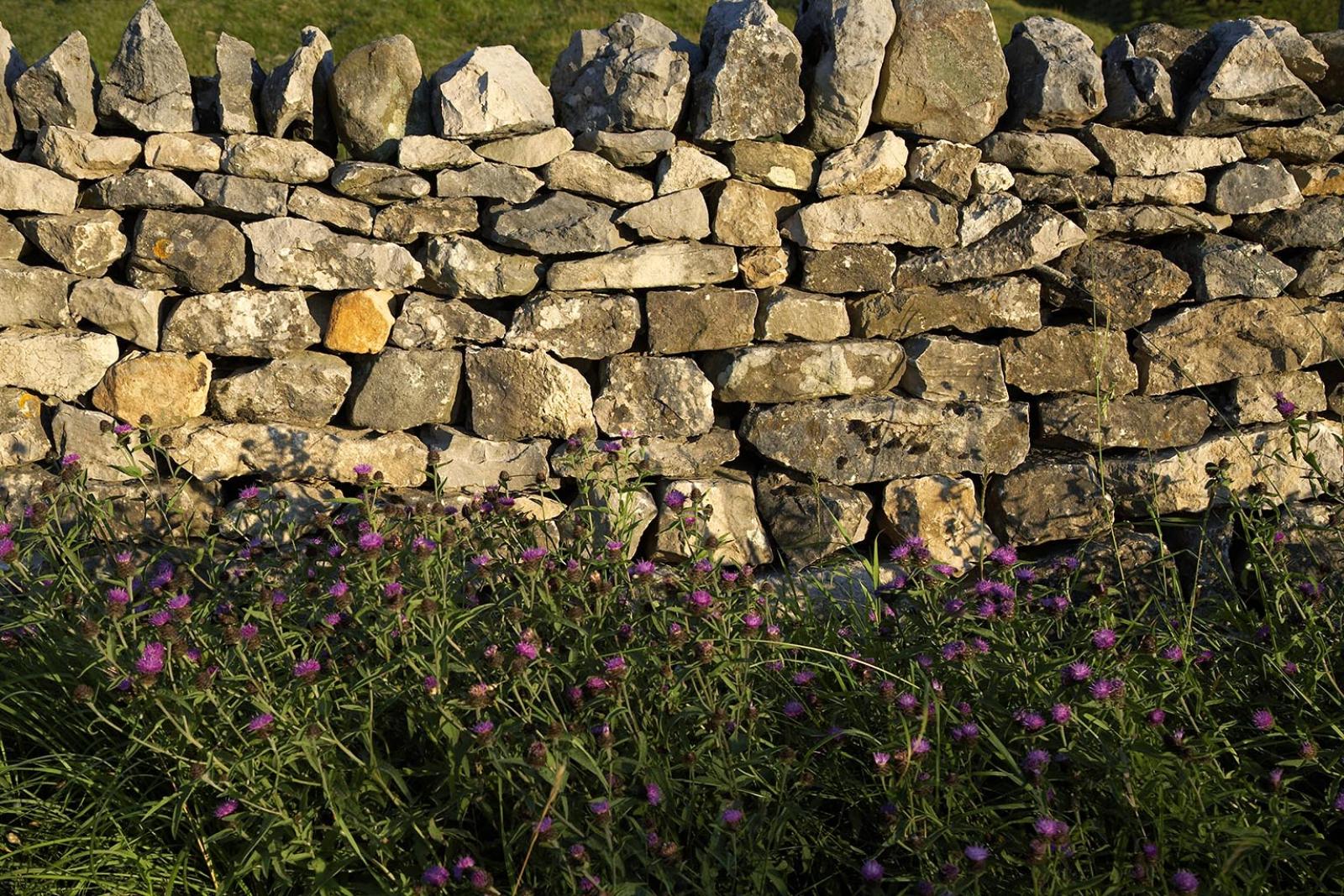
Once ravaged by Scottish reivers, this lovely remote valley now basks in enviable tranquility.
6.75 miles (10.9kms)
About the walk
From its source high on the slopes of Mardale Ill Bell, at the heart of Cumbria’s eastern fells, the River Kent begins a journey through Kentmere, one of the country’s loveliest valleys. Deep and narrow, the river follows a gently sinuous course south for some 9 miles (14.5km) before breaking free to meander between the rolling hills beyond Staveley. In its higher reaches the Kent is isolated from frenetic modern life, and there is a wonderful sense of remoteness as you wander below towering crags. From earliest times, the dale has supported small communities who made a living by farming the confined valley bottoms and lower slopes. Perhaps the pickings were never very great, but it must still have been a tempting target for raiders (known as reivers) from the north, who could ride over the pass from Mardale, grab what they might find, and be away again before an alarm could be raised.
The hall at Kentmere was built by the Gilpins around the 14th century, as a square, battlemented tower rising over a vaulted basement. A narrow spiral staircase was the only access to the upper floors, a further obstacle to any aggressor who managed to burst through the heavily barred door. With their cattle and sheep safely inside, the family could easily defend themselves. The trouble across this area continued after the defeat of the Scots at Flodden in 1513, and it was not until James VI of Scotland succeeded to the English throne almost 100 years later that the raiding way of life ended. However, some security must have been felt before then, since a farmhouse was added in the 16th century and the tower became an outhouse or barn. Some of Kentmere Hall’s occupants earned a reputation extending far beyond the lonely valley. Hugh Herd, who acquired the title of the ‘Cork Lad of Kentmere’, was a giant of a man. Born to a nun at Furness Abbey, he became a champion wrestler and served King Edward VI, repelling invaders back across the border with Scotland. More dubious was Richard Gilpin, said to have killed the last wild boar in England.
Walk directions
Begin on a bridleway, marked ‘Kentmere Hall’, opposite St Cuthbert’s Church. Enter the farmyard, bear right before concrete cattle pens, then right through a side gate. A footpath signpost directs you up the field. Bear right at the top to a gate. Go through a gap by a barn and join a track leading past Nook House.
Ignore the turn-off to Garburn and, immediately after the next house, Green Head, go left. Following signs to the reservoir, bear right through a gate, and then keep right and descend to join a tarmac track leading up the valley. Descend slightly, rounding a craggy knoll, and follow the tarmac to a fork by the entrance to Hartrigg Farm.
Fork left and continue on a stony track between Rainsborrow Crag and Tongue Scar. Continue past an outdoor activity centre to reach the dam.
Fed by waters from two boulder-strewn combes that divide the valley head, the reservoir is a lonely place. It formerly served the paper mill at Burneside but is no longer used and often low or even completely dry. Having absorbed the atmosphere, backtrack a short way from the dam to a wooden footbridge over the main outflow.
Descend to a smaller footbridge, then up to a path just above. Turn right to follow the Kent downstream. Beyond the quarries, cross a stile and descend slightly to join a track. Follow this and skirt left round a barn.
Follow the track through successive valley-bottom fields, where you’ll eventually reach Overend Farm. Ignore the tarmac lane, and take the bridleway through a gate beside a barn. Continue fairly straight ahead when other tracks join from the left, crossing two slab bridges to a bridleway sign.
Follow the delightful old track, its walls luxuriant with mosses and ferns, ultimately emerging onto a lane. Carry on, at the next junction, to a footpath sign and stile on the right a little further along.
Cross the stile and walk straight down the field to a gate. A steep path drops beside a stream through larch to emerge onto a lane. Turn left and, at the end, go right, to return to the church.
Additional information
Generally good tracks and paths, some open fields, several stiles
Glacial valley, flood meadows, quarry workings and reservoir
Farmyards and grazing land, so dogs mostly on lead
OS Explorer OL7 The English Lakes (SE)
Very limited in Kentmere, but small field by Low Bridge is occasionally available
None on route
WALKING IN SAFETY
Read our tips to look after yourself and the environment when following this walk.
Find out more
Also in the area
About the area
Discover Cumbria
Cumbria's rugged yet beautiful landscape is best known for the Lake District National Park that sits within its boundaries. It’s famous for Lake Windermere, England’s largest lake, and Derwent Water, ‘Queen of the English Lakes'. This beautiful countryside once inspired William Wordsworth and his home, Dove Cottage, in Grasmere is a popular museum. Another place of literary pilgrimage is Hill Top, home of Beatrix Potter, located near Windermere. Tom Kitten, Samuel Whiskers and Jemima Puddleduck were all created here.
Much of Cumbria is often overlooked in favour of the Lake Distirct. In the south, the Lune Valley remains as lovely as it was when Turner painted it. The coast is also a secret gem. With its wide cobbled streets, spacious green and views of the Solway Firth, Silloth is a fine Victorian seaside resort. Other towns along this coastline include Whitehaven, Workington and Maryport. Carlisle is well worth a look – once a Roman camp, its red-brick cathedral dates back to the early 12th century and its 11th-century castle was built by William Rufus.
Nearby stays
Restaurants and Pubs
Nearby experiences
Recommended things to do
Why choose Rated Trips?
Your trusted guide to rated places across the UK
The best coverage
Discover more than 15,000 professionally rated places to stay, eat and visit from across the UK and Ireland.
Quality assured
Choose a place to stay safe in the knowledge that it has been expertly assessed by trained assessors.
Plan your next trip
Search by location or the type of place you're visiting to find your next ideal holiday experience.
Travel inspiration
Read our articles, city guides and recommended things to do for inspiration. We're here to help you explore the UK.




